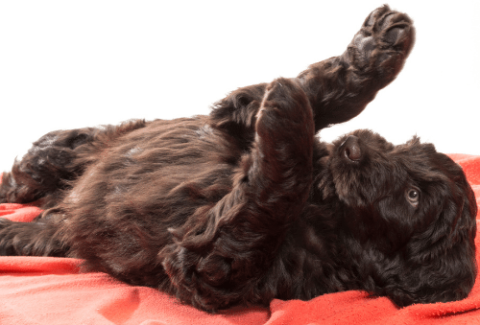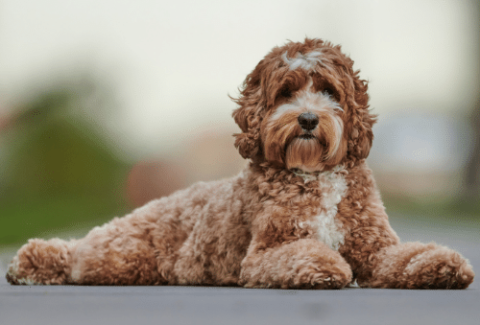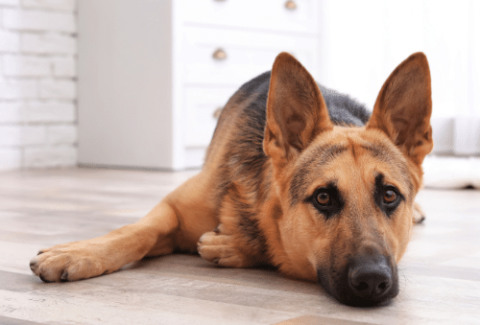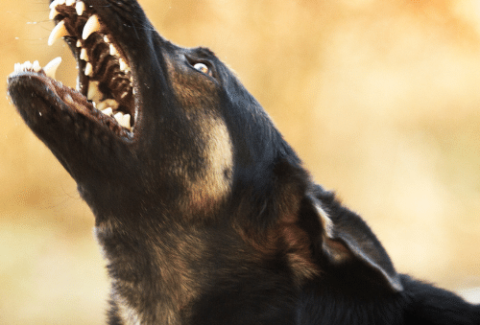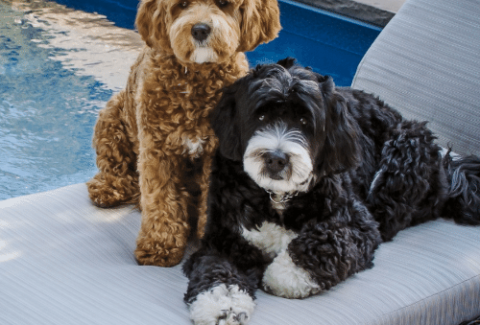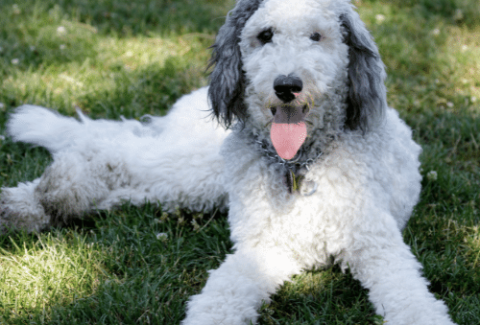When Should You Groom a Bernedoodle?
July 29, 2021 2021-08-24 9:44When Should You Groom a Bernedoodle?
Start grooming your Bernedoodle as soon as you bring them home. An eight-week-old puppy will likely not require much grooming, as they will have little hair. However, starting at this young age will help them get used to the process and keep their coat shiny and smooth.
Puppies are very impressionable. If you start grooming them very early, grooming will be “normal.” It’ll simply be a part of their everyday life.
Your Bernedoodle will be much less likely to react negatively to grooming if you begin as soon as you bring them home.
On top of a daily brushing routine, your Bernedoodle will likely need regular professional grooming. Often, this is required to handle their hair growth, as many take after their Poodle parent in this regard.
You can start these sessions as soon as your puppy is up-to-date on vaccinations. Usually, most groomers will allow the dog to come in after receiving their rabies vaccination at 12 to 16 weeks. Some owners may decide to wait longer – at least until the puppy has received multiple doses of other vaccinations, like canine distemper.
You can speak to your vet about when the best time to start professional grooming sessions is.
The earlier you start taking your puppy to a professional, the better adapted to these sessions. These sessions also provide a great deal of socialization, as your dog will be interacting with the groomer and potentially other dogs.
Table of Contents
When Should You Start Grooming Your Bernedoodle Puppy?
We recommend that you start grooming your puppy at home as soon as possible.
Grooming a Bernedoodle can be a bit complicated. They are a mixed breed, so their coat is not as standardized as other breeds. They may inherit genes from either of their parents, which will affect their coat.
You’ll likely need to adjust your dog’s grooming to match their particular coat type. You can speak to a professional groomer about this, as they will have firsthand experience with your pet’s coat.
In general, Bernedoodle will need to be brushed two to three times a week. These sessions will help keep their fur sleek and free from tangles. With the right brush, you can often remove much of the dirt and debris during these brushing sessions, which will elongate the time they need between baths.
You can start these at-home sessions as soon as you bring your puppy home. They may not need them quite as much as this young age. But starting new will make them more accepting of the brush later. Puppies are very adaptable and will become used to whatever they are around, including grooming.
You should also get your puppy used to having their feet handled, as this is important for nail clipping. You don’t need to clip their nails every time you groom them, but do make a point to touch their feet and check their nails.
Do the same with their ears, as they will likely need to be cleaned every few months or so.
Most Bernedoodles will need professional grooming and a haircut every two to three months. Many of them do not shed, so this haircut is essential to their overall wellbeing. Otherwise, their coat will keep getting longer.
However, you often can’t start these ASAP like at-home grooming sessions. Most groomers will not allow your puppy to be groomed until they have received their rabies vaccination. Usually, this occurs between 16 to 18 weeks. But you can sometimes request it as early as 12.
Some owners prefer to wait until their dog is wholly vaccinated at 16 weeks anyway. Waiting to get their rabies vaccination at this time often makes the most sense.
We recommend getting your puppy to a groomer as soon as their vaccinations are complete. The earlier they start going to a groomer, the more comfortable they will be.
Even if they don’t need a haircut, getting them into a groomer as quickly as possible will help them socialize and get used to the process. Many of the puppy’s first grooming sessions will be to help them adapt to being groomed.
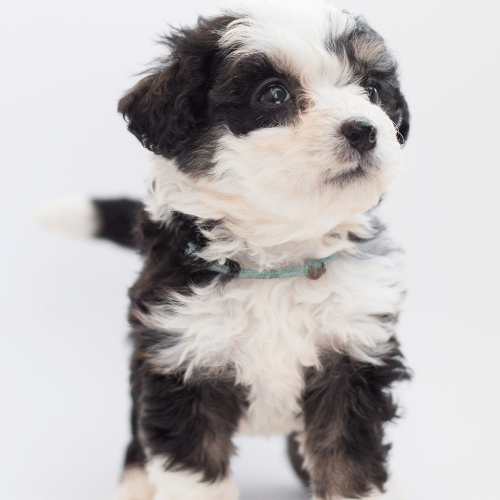
Should I Shave My Bernedoodle in the Summer?
Should you use grooming clippers to shave your dog down when it gets hot?
It depends on their coat type. If your dog has a double coat, it is not recommended to shave them during the summer. A double-coat works by having a soft, insulating layer underneath a waterproof layer.
If you shave them, these two layers will be at the same level. The insulating layer will not be protected from the elements, and neither will your dog.
This practically eliminates the dog’s ability to withstand the rain, wind, and dust, as well as temperature changes. While a double-coat may seem thick, it is designed to keep the dog cool during the summer and warm during the winter.
However, if your dog’s coat takes more after the Poodle parent, they will likely need to be trimmed down in the summer. A Poodle does not have a double-coat, so they are less able to regulate their body temperature.
We recommend trimming Poodle-like coats down in the summer months and then keeping them longer in the winter.
If you live in a year-around warm climate (especially if you have a pool and your Bernedoodle spends a lot of time in the water), it makes sense to keep your dog’s coat trimmed short at all times.
How Short Can You Cut a Bernedoodle’s Hair?
It depends on their coat type.
For dogs with a Poodle-like coat, you can technically cut it down as much as you want. You could completely shave the dog, and the fur would still grow back fine.
However, dogs with double coats should not be shaved down to their undercoat. Their topcoat will no longer protect them from the elements, and their undercoat won’t insulate properly.
Usually, this means that double-coats can be trimmed, especially around the dog’s ears and face. However, they cannot be shaved down any considerable amount.
Speak to your dog’s groomer about how short you should cut your dog. Be sure to speak to a professional that has experience with these canines.

How Much Does It Cost to Groom a Bernedoodle?
If you keep up with regular brushing sessions at home, these dogs shouldn’t be expensive to groom.
Puppies usually cost less because they are smaller. It takes the groomer less time to groom them, and they can be handled more efficiently. However, you can expect your costs to increase as they age.
If you’re getting your dog’s haircut at every session, you can expect about $100 a session. However, essential grooming usually only costs around $60. The size of your dog also plays a significant role, as a larger dog will take longer to groom.
Some groomers will take your dog’s size into account during pricing, but others will note down their breed.
Conclusion
Bernedoodles should begin at-home grooming sessions as soon as you bring them home. Many breeders start grooming their puppies very early and can let you know their routine. While puppies don’t need tons of grooming at this age, regular sessions are essential to get your dog used to be brushed.
You usually can’t start professional grooming sessions until around 16 weeks, when your puppy is fully vaccinated. They will not allow your puppy inside until then, as they can potentially catch diseases from the other dogs.
And, in many areas, it is illegal for breeders to groom dogs that have not been vaccinated against rabies. Puppies usually can’t have this vaccination until they are closer to 16 weeks.
Some traveling groomers may groom your puppy earlier than this, though, as they usually don’t have other dogs inside their van during the session. Therefore, the odds of them catching an illness are relatively low.
Overall, you should start grooming your dog at home ASAP – even if they don’t need it. Plan to go to a professional groomer when they are around 16 weeks old.

Author: Kristin
Kristin was born in Tennessee and currently lives there with her husband and children. She is passionate about educating pet parents and helping them make the best possible decisions for their pets. She currently owns one dog, two cats, a lizard, and a variety of fish.
Steffi Trott
Related Posts
Are Labradoodles High-Maintenance?
At what age do Labradoodles calm down?
Are Pomeranians Good for First-Time Dog Owners?
Are German Shepherds Hypoallergenic?
Are German Shepherds Smart?
Are German Shepherds Vocal?
Are German Shepherds Good With Kids?
Do Bernedoodles like Water?
Do Bernedoodles Like Cats?
How Long Can Australian Shepherds Be Left Alone?
Check out our effective and affordable online dog training courses!
-
Sale Product on sale
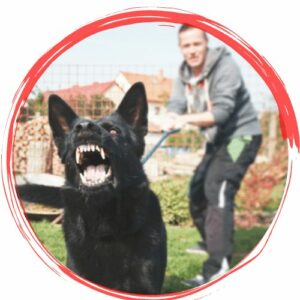 Tackling Reactivity Bundle
Tackling Reactivity Bundle
MONEY BACK GUARANTEE$564.00$49.00 -
Sale Product on sale
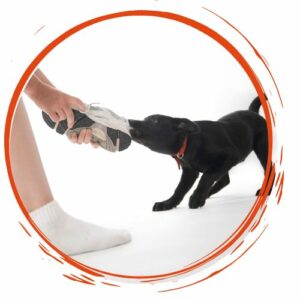 Perfect Obedience Bundle
Perfect Obedience Bundle
MONEY BACK GUARANTEE$349.00$49.00 -
Sale Product on sale
 Ultimate Puppy Bundle
Ultimate Puppy Bundle
MONEY BACK GUARANTEE$416.00$49.00 -
Sale Product on sale
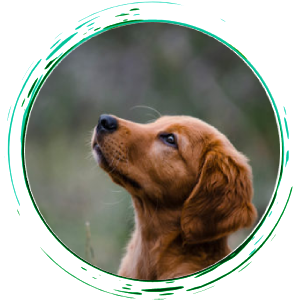 The Perfect Focus Bundle
The Perfect Focus Bundle
MONEY BACK GUARANTEE$445.00$169.00 -
Sale Product on sale
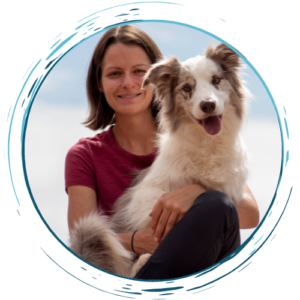 Ultimate Masterclass Bundle
Ultimate Masterclass Bundle
MONEY BACK GUARANTEE$2,213.00$499.00

